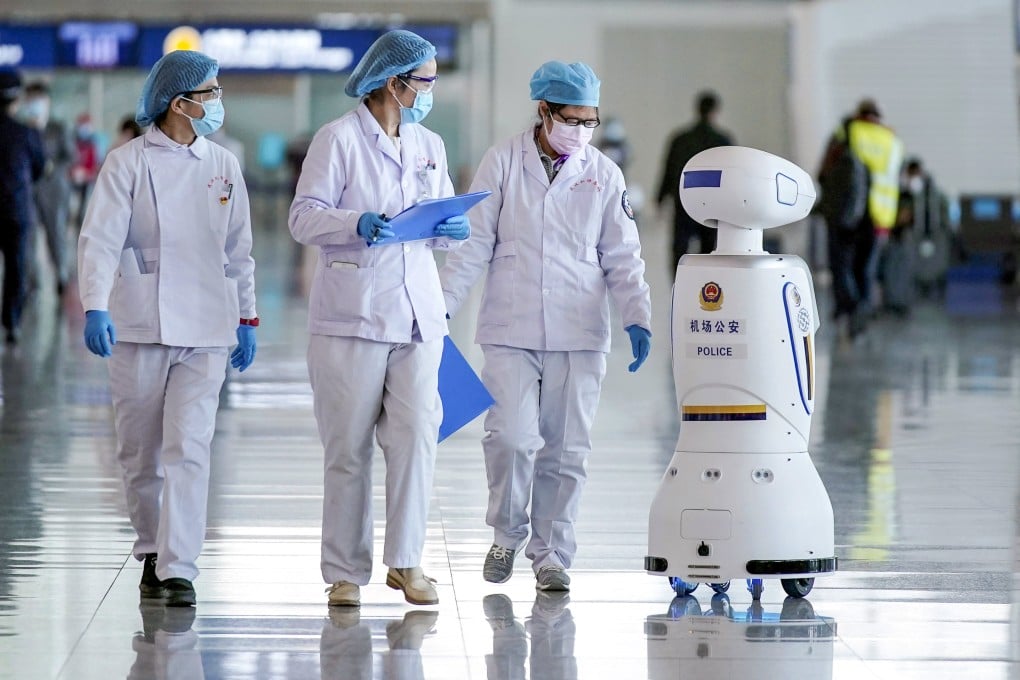China R&D key part of ‘global portfolio’, but technology leaks remain concern, report says
- An overwhelming majority of European firms will increase research and development spending in China this year, according to a report released on Wednesday
- China spent 2.79 trillion yuan (US$418 billion) on research and development in 2021, or 2.44 per cent of its gross domestic product

China’s vibrant innovation ecosystem makes it increasingly part of global research and development strategies for multinational companies, but concerns over technology leaks remain, a report said on Wednesday.
Eyeing the sizeable market potential and the fast pace of the commercial application of research and development results in China, an overwhelming majority of European firms will increase spending in China this year, according to a report by the European Union Chamber of Commerce in China and the Berlin-based Mercator Institute for China Studies (Merics).
“China-based R&D strategies are becoming more and more integrated with global strategies, a component of a global portfolio,” said Jacob Gunter, senior analyst with Merics.
He noted that some companies are increasingly using China as part of their round-the-clock innovation strategy, where they have other research and development centres in East Asia, America and Europe.
If you are actually cutting [yourself] out of the Chinese market, you might cut yourself out of that kind of product development, speed and efficiency that you find [in China]
The report is based on a survey of 32 respondents and interviews with 11 companies, which are mainly in the chemical, automotive and machinery sectors, conducted between December and February before the latest coronavirus outbreaks in China and resulting lockdowns of key economic centres.